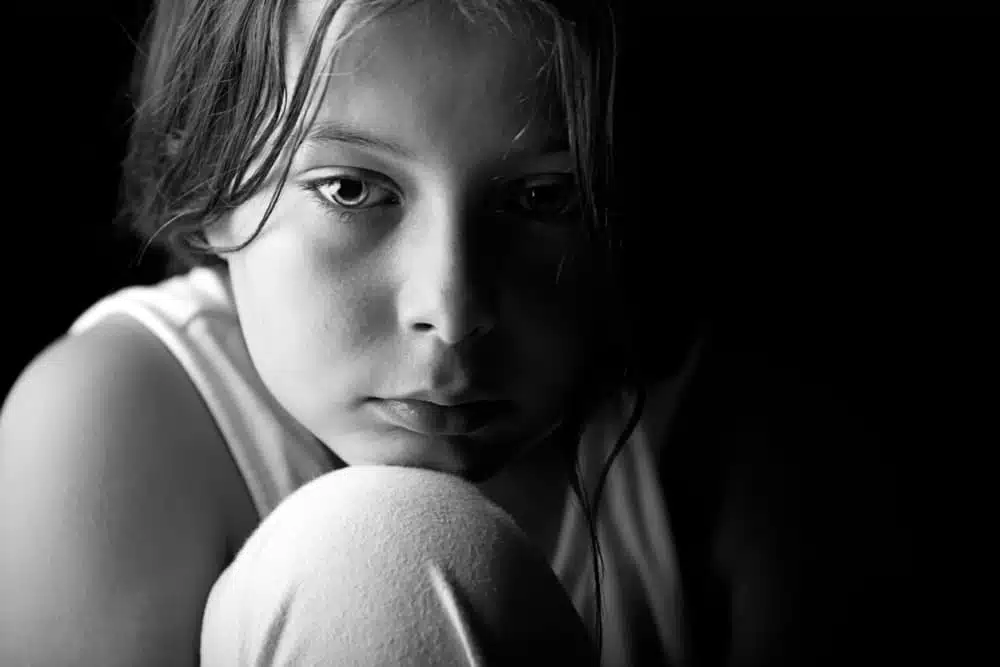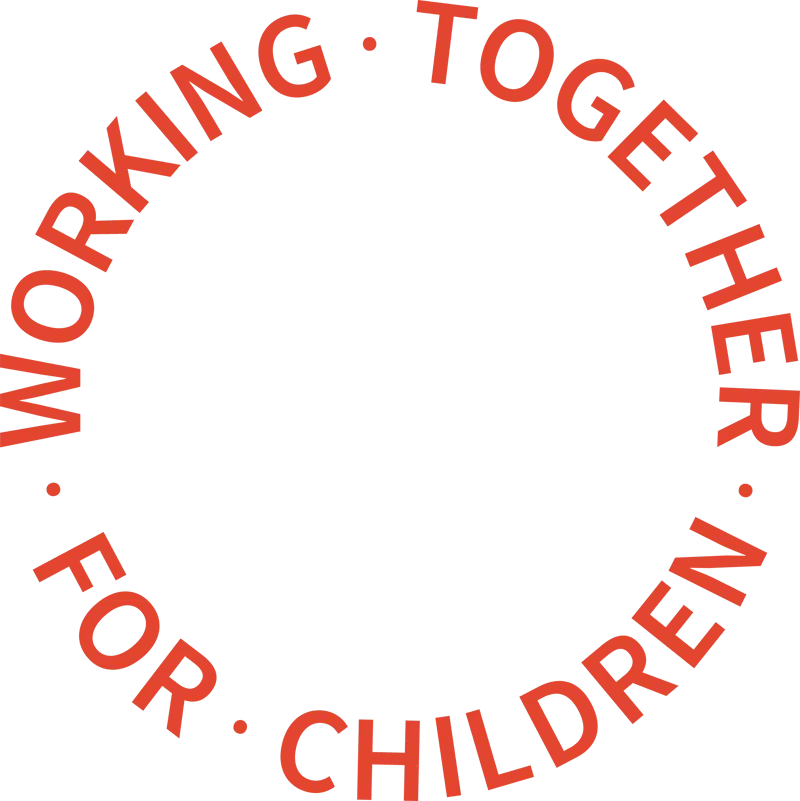The number of children placed on a child protection plan for Child Sexual Abuse in England and on the child protection register for CSA in Wales has dropped by 60% over the past two decades, according to new research.

The scale and nature of child sexual abuse: Review of evidence by the Centre for expertise on child sexual abuse found that despite the overall number of children on plans/the register more than doubling over the past 20 years, the number cited as being on plans/the register for CSA as the primary category had fallen dramatically.
“The most recent available data (2019/20) shows a further 12% decrease in the number of CSA-related child protection plans in England, the sharpest decline in 18 years. Just 4% of all child protection plans in England and child protection registrations in Wales are under the category of sexual abuse,” said the report.
“This suggests that there has been a change in the way that CSA is identified and/or recorded by children’s services, as the decline in CSA-related child protection plans/registrations is not reflected in other measurements of the scale of CSA in England and Wales,” added the report.
Rates of child protection plans/registrations and of CSA risk vary considerably by local authority, the report says adding that reasons for this variation are unclear.
There were 6,400 children made the subject of a child protection plan in England under the primary category of sexual abuse in 1993-4, however this fell to 2,600 in 2019/20. However, the report warns that local authority children’s services in England had identified 30,460 children as being at risk of CSA in 2019-20 though the 2,600 recorded under this category of abuse on a child protection plan represented just 9%, demonstrating that child protection data provides only a partial picture of the CSA concerns identified in the child protection system.
CSA is less likely than other forms of abuse to be recorded
During the same period, the overall number of children on a child protection plan more than doubled, owing to substantial increases in the number of children placed on a child protection plan under the categories of neglect and emotional abuse. As a result, the proportion of children placed under the category of sexual abuse fell from 23% in 1993/94 to just 4% in 2019/20.
The Centre for expertise on CSA report highlights that the latest Crime Survey for England and Wales found emotional abuse, physical abuse and sexual abuse to be almost equally prevalent in the population in England and Wales. This suggests that CSA is significantly less likely than other forms of abuse to be recorded when a child is made the subject of a child protection plan.
In 2019/20, the number of children placed on protection plans under the category of sexual abuse in England decreased by 12% (representing 350 children) compared to 2018/19: the largest single-year drop in 18 years.
Furthermore, local variation is masked by the overall figures. Among the 134 English local authorities where data was available 54% recorded fewer children under the category of sexual abuse in 2019/20 compared to the previous year, but 39% recorded an increase, while in 7% the number of sexual abuse-related protection plans remained the same.
The remaining 17 local authorities returned suppressed data in both years.
England’s local authorities found 30,460 children to be at risk of CSA in 2019/20, but placed just 2,600 on protection plans under this category of abuse
The latest figures available in Wales are for 2018-19, after the Welsh government suspended data collection in this area in order to concentrate on measuring the impact of the COVID-19 pandemic, although it shows a similar picture to in England.
The number of children on the child protection register under the category of sexual abuse, as a proportion of the total number on the register, decreased from 21% in 1993/94 to 4% in 2018/19 or 331 to 120 children. As in England, this was against a background of a significant increase in the total number of children on the register which rose from 1,610 in 1993/94 to 2,810 in 2018/19.
Just 12% of CSA investigations resulted in a decision to charge
The evidence review also looks at criminal justice agencies and found that criminal justice data provides a fragmented but consistent picture of the scale of CSA cases proceeding through the system. After years of increasing volumes of CSA offences recorded and defendants prosecuted, these numbers have levelled off to 87,992 CSA offences across England and Wales in 2019/20, slightly fewer than in the previous year. However, the review adds that it is not possible to estimate the extent to which this reflects the changing patterns of non-recent versus current CSA offences.
Offences against children accounted for more than half of all sexual offences recorded by the police. Yet just 12% of investigations into CSA offences were concluded with a decision to charge the offender(s) in 2019/20, falling dramatically from 37% six years earlier.
By 2019/20, the number of defendants prosecuted for CSA offences had fallen by more than one-third since its peak in 2016/17.
The evidence review highlights that two major surveys conducted in England and Wales have reached very different estimates of how many children experience CSA. The NSPCC child maltreatment study undertaken in 2009 found that 24.1% of adult participants described experiences of some form of CSA; but only 7.5% of respondents to the latest childhood abuse module (2019) within the Crime Survey for England and Wales (CSEW) reported experiences of CSA.
While the CSEW module asked questions about maltreatment that occurred before the age of 16, the NSPCC asked about these experiences up to the age of 18. International studies have shown that prevalence of almost every kind of sexual abuse increases with age between 15 and 17, which was not captured in the CSEW. Furthermore, while the NSPCC child maltreatment study was a dedicated survey on child abuse, the CSEW module asked questions about abuse at the end of a survey on crime. Crime-focused surveys have been found to generate lower prevalence estimates than those framed in terms of health, wellbeing or sexual experience, as people are less likely to disclose experiences of CSA in the context of criminal activity. While the CSEW module asked adults aged 18–74 to report retrospectively about their experiences of childhood abuse, the NSPCC surveyed only children and young adults in order to measure the more recent prevalence of abuse.
The evidence review states: “Given that the last major CSA-related survey of children and young people in the UK was in 2009, this means that we lack knowledge on the current prevalence of CSA in England and Wales and it is not possible to track whether the prevalence of CSA has increased or decreased over time. In the absence of updated prevalence data, our best estimate remains that 15% of girls/young women and 5% of boys/young men experience some form of sexual abuse before the age of 16, including abuse by adults and under-18s.”
However, it is clear from prevalence studies that far more children experience abuse than are being recorded by police or identified by child protection services, the report adds.
Absence of training
The report concludes that the UK government should make a commitment to a regular national prevalence survey of child sexual abuse. While the Office of National Statistics (ONS) is currently consulting on a child maltreatment study, which is much needed given the evidence for all forms of child maltreatment is outdated, it is unlikely to cover CSA sufficiently, the report says warning that this could therefore contribute to a significant under[1]representation of the scale of CSA.
It adds that during the Centre’s work with child protection and safeguarding professionals across a range of agencies over the last four years, it has become increasingly clear that they are not sufficiently equipped with the training, development and support necessary to enable them to apply knowledge and understanding of CSA with confidence.
“This inability to consistently identify and record CSA has significant knock-on effects: if professionals do not recognise the signs or are not confident to record and respond to them, agency data does not accurately reflect the scale of CSA that is occurring, so the issue appears less important and prioritisation of training and support declines further. The result is that fewer children are protected from abuse or are supported to deal with its impacts and consequences,” said the report.
“The absence of training and development for professionals has an even greater impact on the protection of sexually abused children who we know are already under-represented in the data (e.g. boys and young men, and children from minority ethnic groups),” the report concludes.
The scale and nature of child sexual abuse: review of evidence


